NASA Images: What Storms Look Like When They Strike 5 Other Planets
Earth isn’t the only planet that has storms raging on its surface and in its atmosphere. The solar system is full of worlds where lightning strikes, auroras dance, dust swirls and clouds freeze. Here are some spectacular views of storms on other planets.
Mars
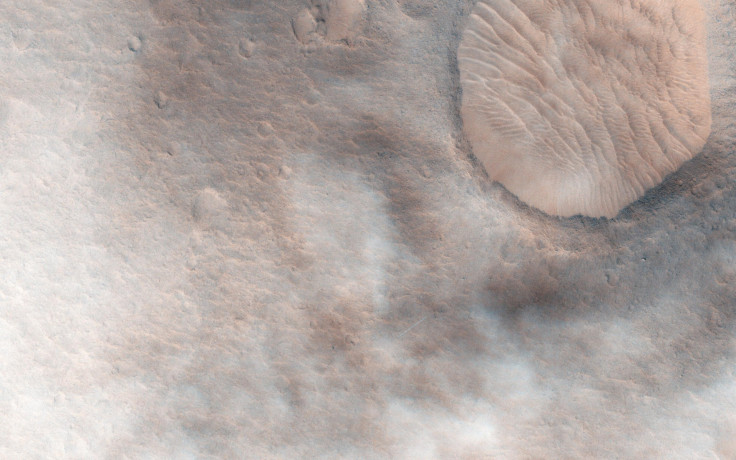
At a quick glance this kind of looks like an extreme close-up of a mushroom, but it’s actually a dust storm on Mars. NASA’s Mars Reconnaissance Orbiter snapped the photo in the Red Planet’s Hypanis Vallis, where it’s possible the European Space Agency will land its ExoMars rover in a couple of years. The dust clouds are part of an annual south-moving dust storm in the region called the Acidalia storm track, and they can often get much thicker than this, choking the air.
Jupiter
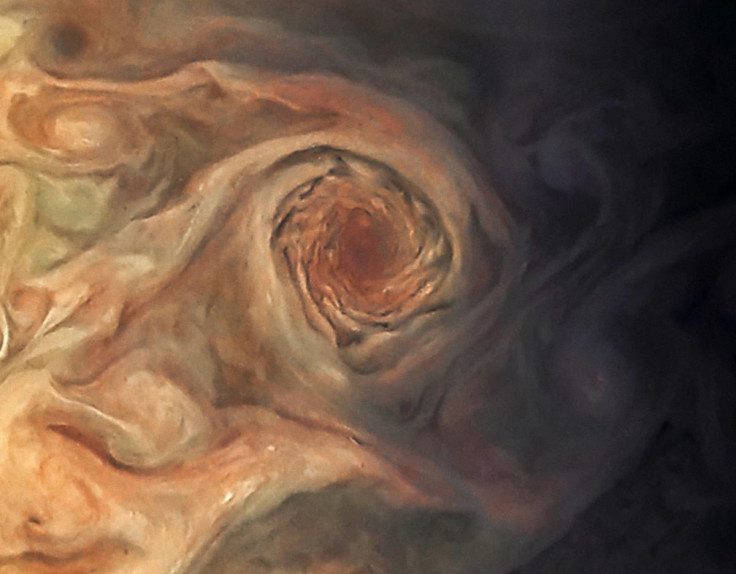
Everyone knows about the Great Red Spot, the angry storm that has been raging in Jupiter’s atmosphere for centuries. But it’s just one of many on the largest planet in our solar system. NASA’s Juno spacecraft spotted this storm on Jupiter, lovingly being called a “swirling pearl,” earlier this year during a flyby, from about 12,400 miles away. It was found to the south of one of Jupiter’s other famous features, one of its white oval storms.
Saturn
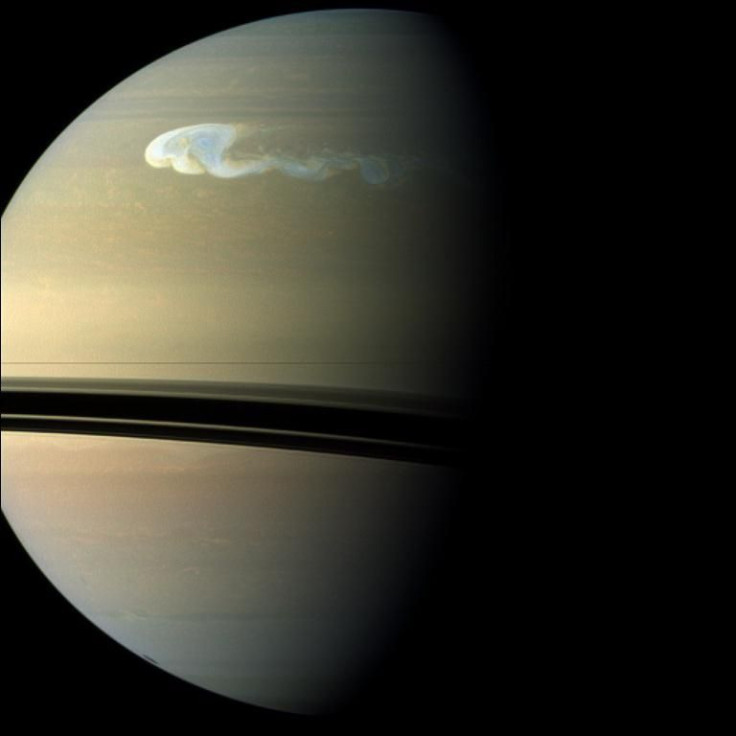
Most people think of rings when they think of Saturn, but there are many other features to this gas giant. For much of 2011, a lightning storm was scarring its northern hemisphere. NASA called it “the largest and most intense storm observed on Saturn.” The space agency’s Cassini spacecraft captured this image of the rager, in which “the storm is seen churning through the atmosphere.”
Read: Imagine Our Universe with This Stunning NASA Concept Art
Uranus
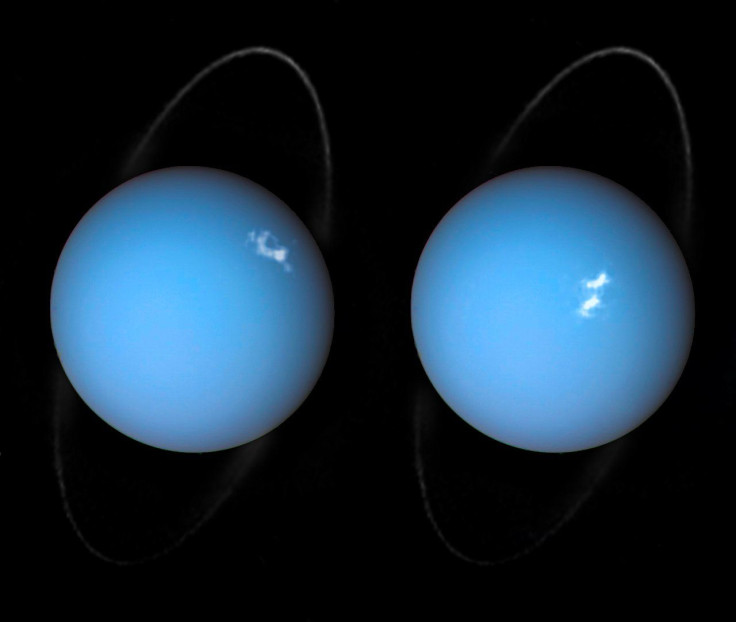
There’s no thunder and lightning, but auroras are technically storms. They occur on Earth and other planets when the sun blows out charged particles, like electrons, and they interact with the gases in the atmosphere, producing colors that dance along a planet’s magnetic fields close to its poles. This image of auroras on the icy Uranus contrast with its blue surface, the “most intense auroras ever seen on the planet,” NASA said. “By watching the auroras over time, [we have] the first direct evidence that these powerful shimmering regions rotate with the planet.”
Neptune
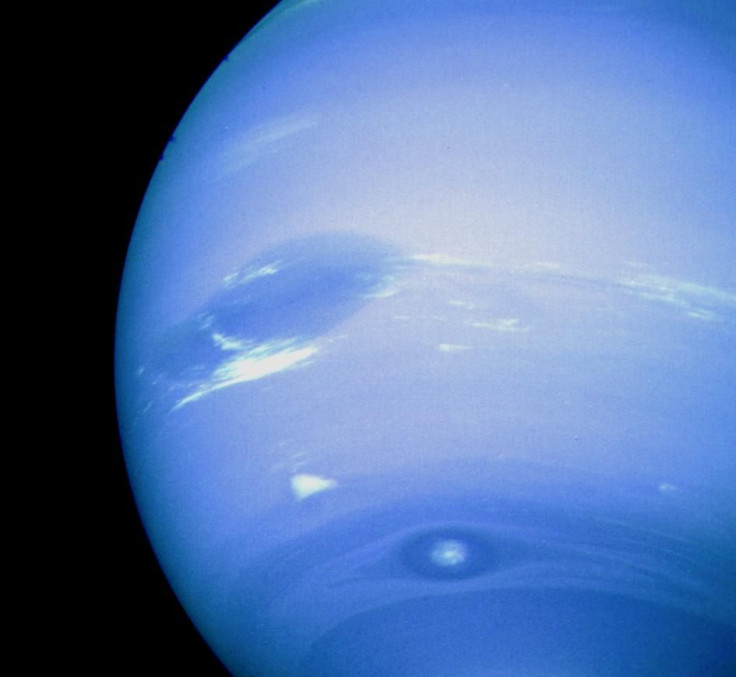
Jupiter has its Great Red Spot and Neptune has its Great Dark Spot. The dark vortex is one of the planet’s high-pressure storm systems, which usually have bright clouds nearby that form when airflow is pushed above the vortex and freezes, NASA explains. The dark spots move through the atmosphere with the bright clouds tagging along. But they don’t last.
“Neptune’s dark vortices have exhibited surprising diversity over the years, in terms of size, shape, and stability (they meander in latitude, and sometimes speed up or slow down),” NASA said. “They also come and go on much shorter timescales compared to similar anticyclones seen on Jupiter; large storms on Jupiter evolve over decades.”
See also:
© Copyright IBTimes 2024. All rights reserved.





















